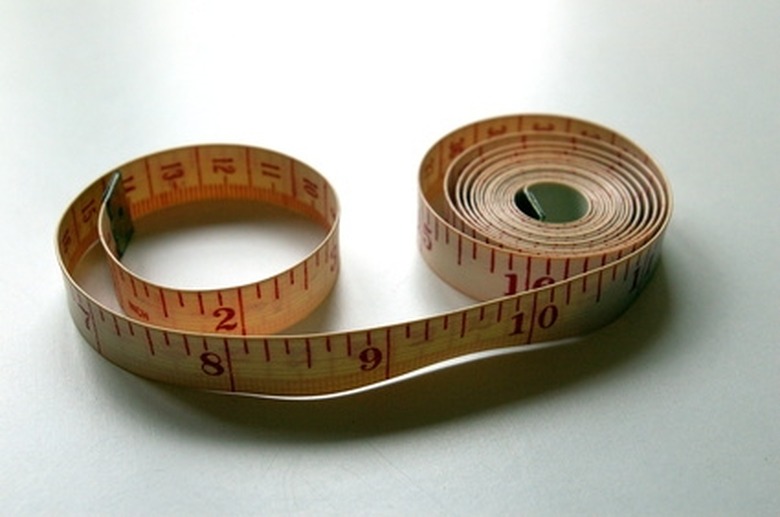How To Calculate Measurement Errors
Measurement error is the difference between a true value and the observed value of a trait. The problem is that we don't know what the true value is; we only know the observed value. The usual way of dealing with this problem is to calculate the statistic known as the standard error of measurement, which is defined as the standard deviation of errors of measurement.
Step 1
Find or calculate the standard deviation of the measuring device. Many measuring devices (e.g., most standardized tests) have published standard deviations. If not, you can calculate the standard deviation of a sample that you test with the device. You can calculate the standard deviation on many calculators, or in Excel using the STDEV function (click on "Formulas," then "More Functions," then "Statistical").
Step 2
Find or calculate the reliability. Again, this may be published information, but you can calculate it if it is not available. You can use any measure of reliability, depending on the type of device and what is available. Perhaps best would be test-retest reliability—which is the correlation of two uses of the device—because the idea of an error of measurement is captured when you look at the same people twice to see how big the differences are. Test-retest reliability is a correlation that can be calculated on many calculators, or in Excel with the CORREL function (click on "Formulas," then "More Functions," then "Statistical").
Step 3
Calculate (1 – the reliability) – that is, subtract the reliability from 1.
Step 4
Take the square root of the amount calculated in step 3.
Step 5
Multiply the amount calculated in step 4 by the standard deviation found in step 1. This is the standard error of measurement.
Cite This Article
MLA
Flom, Peter. "How To Calculate Measurement Errors" sciencing.com, https://www.sciencing.com/calculate-measurement-errors-7350701/. 24 April 2017.
APA
Flom, Peter. (2017, April 24). How To Calculate Measurement Errors. sciencing.com. Retrieved from https://www.sciencing.com/calculate-measurement-errors-7350701/
Chicago
Flom, Peter. How To Calculate Measurement Errors last modified March 24, 2022. https://www.sciencing.com/calculate-measurement-errors-7350701/
